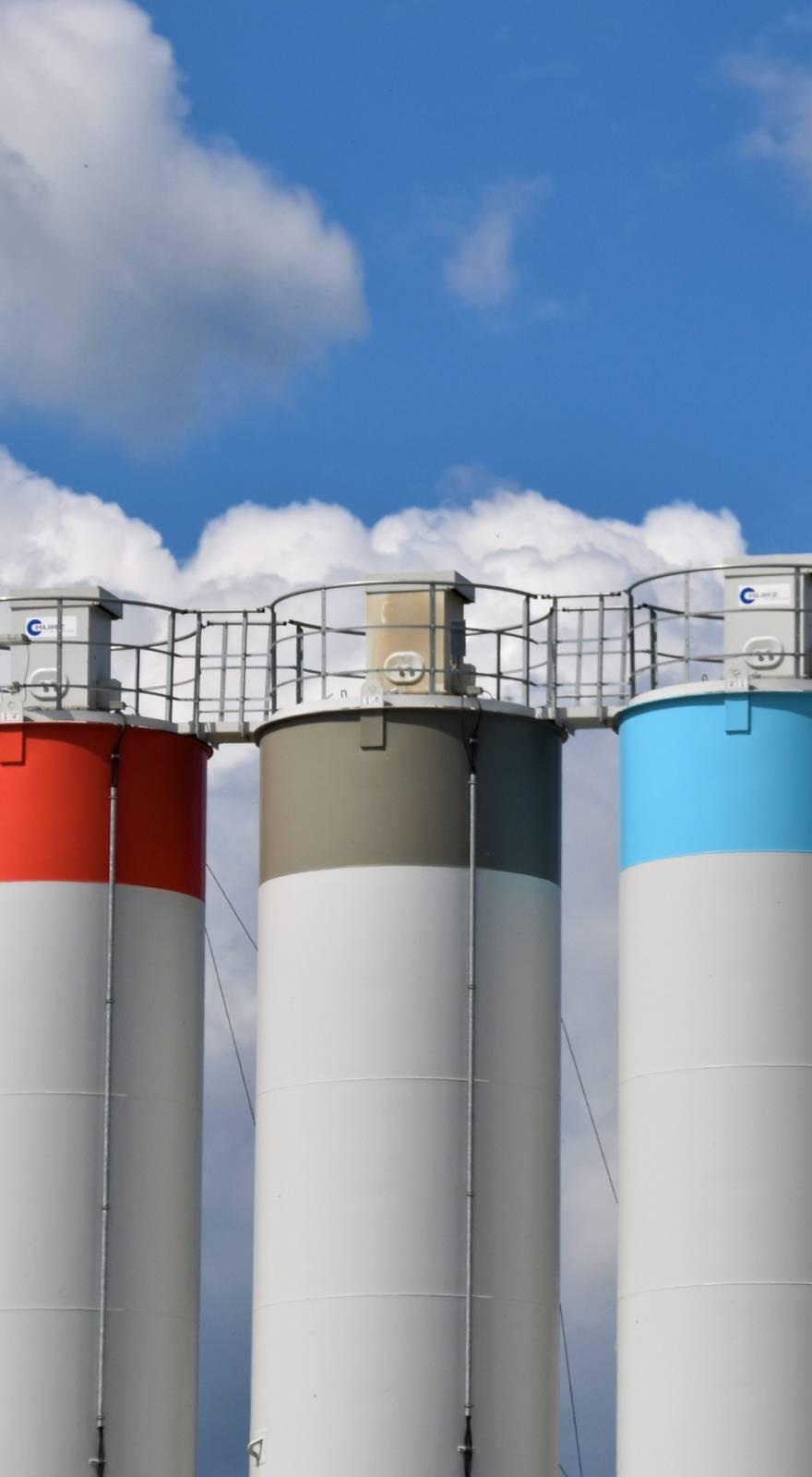Knowde Enhanced TDS
Identification & Functionality
- Chemical Family
- Product Type
- Technologies
- Product Families
Features & Benefits
- Labeling Claims
- Ready-to-Use Product Features
- Product Highlights
Reduces Equipment Costs
Use in Low Pressure Equipment
Fluids that have high vapor pressure can require complete system pressurization to prevent fluid boiling and pump cavitation. Pressure control systems on expansion tanks and pressure rated piping and equipment can add significantly to equipment costs. In addition, electrical classifications and system gasketing requirements are also affected by low flash point fluids. MultiTherm 503® can be used in standard low pressure fluid heating systems. It has low vapor pressure and high flashpoint (310°F). In addition, it is unreactive with water vapor or air at ambient conditions so expansion tanks do not have to be blanketed.Efficient Heat Transfer
MultiTherm’s physical properties (viscosity, density, thermal conductivity and specific heat) result in higher heat transfer coefficients than many other fluids. As a result, heat loads can be achieved with lower flow rates, smaller heat exchangers or lower approach temperatures.Lower Expense
Reduced Maintenance Costs
MultiTherm 503® can help reduce system maintenance costs. It has excellent metal coating properties and lubricity, which reduce wear on moving parts and protects surfaces from corrosion. Chemically inert, it won’t attack gaskets and seals. And since MultiTherm 503® operates in low pressure equipment, there are no pressure control or purging systems to maintain.Minimize Leak Testing
Fluids with high vapor pressure can require extensive leak testing prior to start-up to prevent fluid loss during operation. This can add significantly to total maintenance down time. With MultiTherm 503®, system pressure is limited to pump circulating pressure so leak testing requirements are significantly reduced.Non Toxic
Promotes Plant and Personal Safety
MultiTherm 503® has distinct advantages over many synthetic heat transfer fluids. It contains no components recognized as Hazardous Chemicals under OSHA
Hazard Communication Standard. There are no Reportable Substances under SARA Title III (302) (304) (311) (312) (313). The fluid does not normally cause skin irritation on contact. Vapors may have a mild odor but do not normally cause respiratory irritation. All these advantages combine to provide a safe, user friendly alternative to synthetic fluids.
Applications & Uses
- Markets
- Compatible Substrates & Surfaces
- Purpose
- MultiTherm 503® has been successfully used in a variety of applications. In the Chemical Process Industry, it has been used for heating and cooling batch reactor systems.
- In the Plastics Industry, MultiTherm 503® has been used for hot/cold cycling of molded products and to improve the versatility of laminating lines.
- MultiTherm 503® provides users with a non-toxic, low pressure alternative to synthetic chemical based heating/cooling fluids.
Properties
- Appearance
- Bright, Clear, Colorless
- Physical Properties
- Physical Properties
Temperature Specific Gravity Viscosity Specific Heat Thermal Conductivity Vapor Pressure °C cSt Btu/(lb-°F) Btu/(h-ft-°F) mm Hg -62 0.848 4200 0.459 0.0876 -46 0.837 460 0.473 0.0866 -18 0.819 50 0.495 0.085 10 0.8 12.8 0.518 0.0834 38 0.782 5.3 0.54 0.0818 66 0.764 2.95 0.563 0.0802 93 0.746 1.87 0.585 0.0786 0.05 121 0.728 1.34 0.608 0.077 0.3 149 0.71 1 0.63 0.0754 2.1 177 0.691 0.79 0.653 0.0738 9 204 0.673 0.64 0.675 0.0722 26 232 0.655 0.533 0.698 0.0706 64 260 0.637 0.45 0.72 0.069 150 Temperature Density Viscosity Specific Heat Thermal Conductivity Vapor Pressure °C g/cc m2/s cSt J/(kg-°K) W/(m-°K) mm Hg -60 0.846 2900 1795 0.1463 -40 0.833 260 1872 0.145 -20 0.82 55 1948 0.1438 0 0.807 19.3 2024 0.1426 20 0.794 9 2100 0.1413 40 0.781 5.1 2176 0.1401 60 0.768 3.25 2253 0.1389 80 0.755 2.3 2329 0.1376 100 0.741 1.7 2405 0.1364 0.077 120 0.728 1.35 2481 0.1352 0.33 140 0.715 1.09 2557 0.1339 1.2 160 0.702 0.905 2634 0.1327 3.7 180 0.689 0.768 2710 0.1315 9.4 200 0.676 0.66 2786 0.1302 21.8 220 0.663 0.576 2862 0.129 44.5 240 0.65 0.51 2938 0.1278 85.8 260 0.637 0.45 3015 0.1265 150
| Value | Units | Test Method / Conditions | |
| Pour Point | max.-65 | °C | ASTM D97 |
| Density (16°C) | 6.64 | lb/gal | - |
| Fire Point | 154.0 | °C | ASTM D92 |
| Fire Point | 163.0 | °C | ASTM D92 |
| Autoignition Temperature | 324.0 | °C | ASTM D2155 |
| Atmospheric Boiling Point (10%) | 338.0 | °C | ASTM D1160 |
| Average Molecular Weight | 272.0 | - | - |
| Film Temperature | max. 288 | °C | - |
| Recommended Operating Temperature | max. 260 | °C | - |
| Pumpable, Centrifugal (2000 centipoise) | -58.0 | °C | - |
| Heat of Vaporization (260°C) | 247.0 | kJ/kg | - |
| Heat of Combustion | 47.3 | MJ/kg | - |
| Coefficient of Thermal Expansion | 0.00097 | °C | |
| Specific Gravity (38°C) | 0.782 | - | - |
| Viscosity (38°C) | 5.3 | cSt | - |
| Specific Heat (38°C) | 0.54 | Btu/(lb-°F) | - |
| Thermal Conductivity (38°C) | 0.0818 | Btu/(h-ft-°F) | - |
| Chemical Type | Paraffinic Hydrocarbon |
Regulatory & Compliance
- Certifications & Compliance
- Quality Standards

